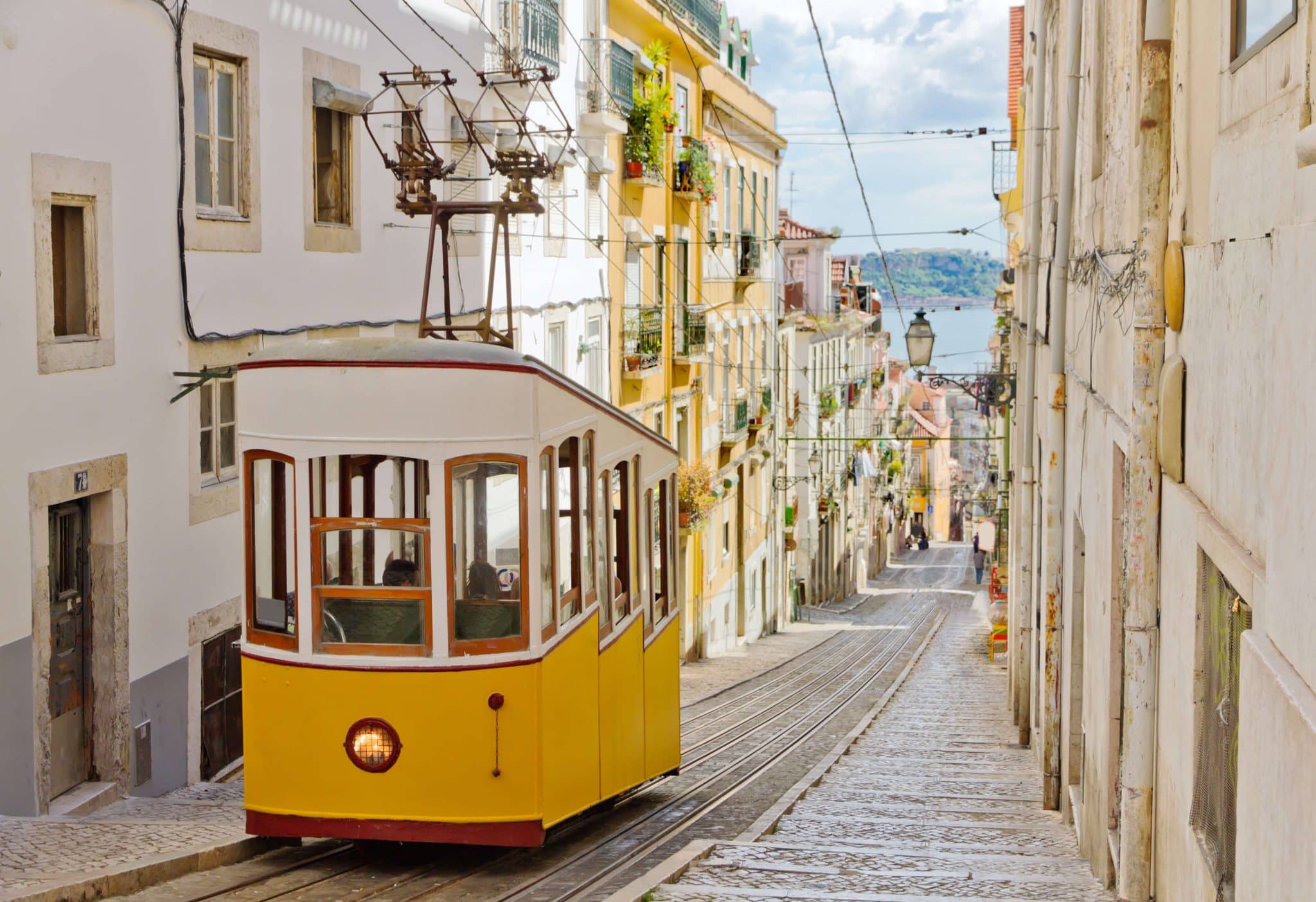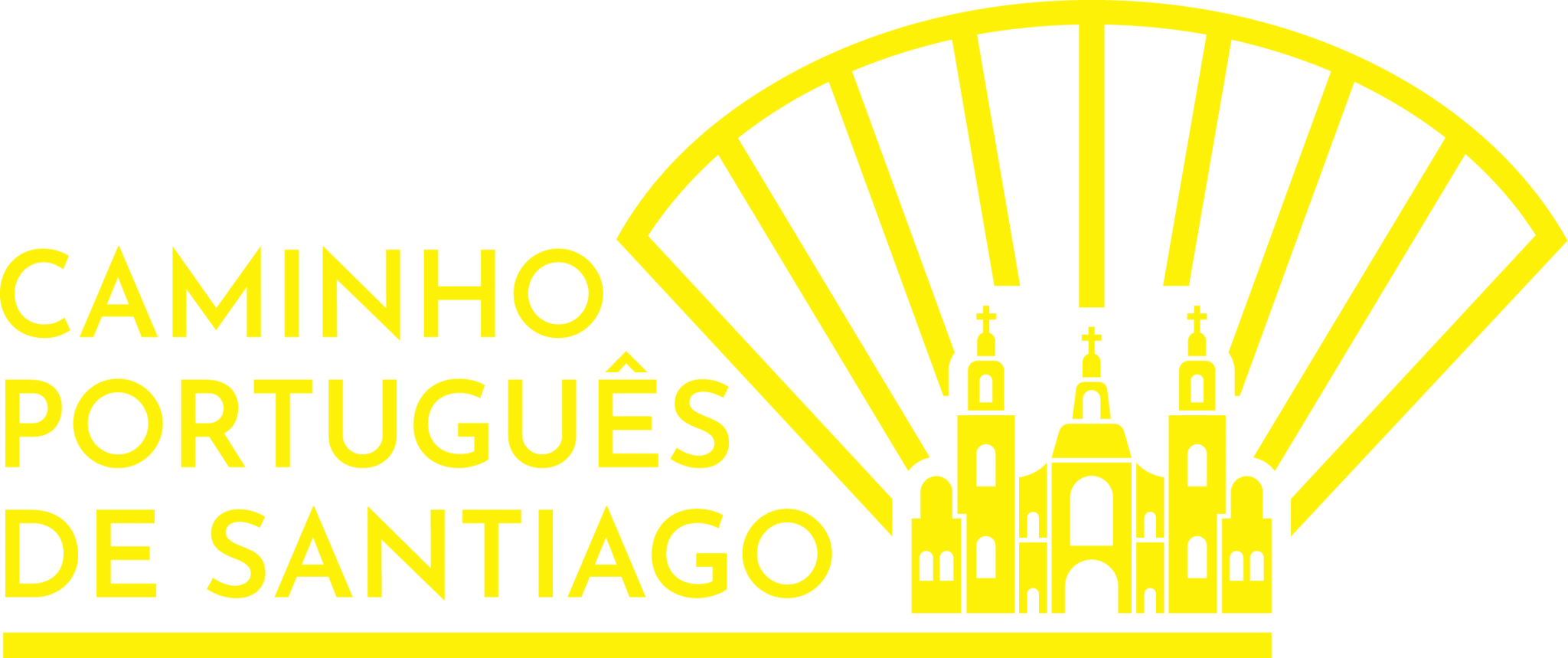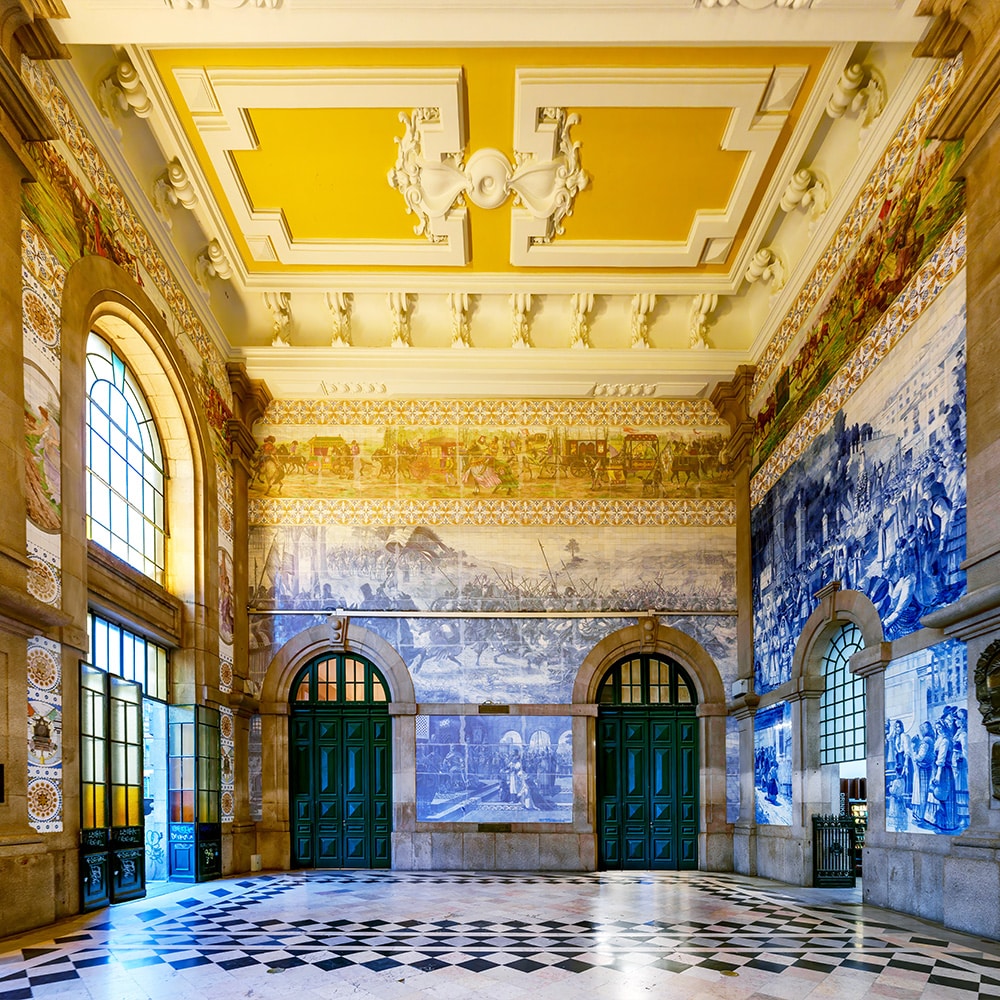Cultural Norms Along the Way

In making your Way to Santiago, you will experience a difference in cultural norms in Portugal and Spain. As an American, it’s important to be aware of them and embrace them with open arms. While not everything may come first nature to you, learning and adapting to them will ensure you have a smooth journey ahead of you. Let’s get started on what to expect along the Camino de Santiago!
Choosing to walk the Camino Portugues de Santiago comes with the cultural norms of entering a new country. Coming from the United States, one may not be familiar with the basics of Portuguese culture. Whether it be greeting fellow pilgrim’s on the Way, exploring the cities, or just good to know information about Portugal, learning the cultural norms will help acclimate you to the country before starting your path.
Greetings
In Portugal, the cultural norm of greeting people changes based on the context and relationship with the other person:
Informal greetings include saying “Olá” which is a casual way of saying “Hello” and “Good Morning”.
Formal greetings include the time of day you are greeting the other person. “Bom dia” means “Good morning” and is used till midday, “Boa tarde” means “Good afternoon” and is used from midday until evening, and “Boa noite” means “Good evening” and is used from evening onwards.
Physical Gestures:
The largest cultural difference is the kisses on the cheek. Typically this is a casual greeting with you giving two kisses starting with the right cheek. Also, it is still common practice to use handshakes to greet people in formal or business settings.
Language
Knowing some basic Portuguese phrases will go a long way on the path. Here are a few common phrases every pilgrim should know:
Sim: Yes
Não: No
Obrigado/a: Thank You
Adeus: Goodbye
Como está?: How are you doing?
Meu nome é: My name is
Desculpe: Pardon me/Sorry
Por Favor: Please
De nada: You’re welcome
Com licença: Excuse me
Onde fica a casa de banho?: Where is the bathroom?
Quanto custa?: How much is it?
Pode ajudar-me?: Can you help me?
Gosto muito: I like (it) a lot
Está bem: Alright/Okay
Fala inglês?: Do you speak English?
Desculpe, não falo português: Sorry, I don’t speak Portuguese
Onde é…? (for a place): Where is…?
Onde está…? (for someone): Where is…?
Aberto: Open
Fechado: Close
If you want us to add more phrases, comment below and we’ll write a more extensive list of phrases for you to learn!
Time Zones
Portugal is in Western European Summer Time (GMT+1), which is 5 hours behind Eastern Daylight Time (GMT-4). When traveling to Porto make sure you give yourself a few days to adjust to the time change as you will experience jet lag. Use this time to explore Porto or other Portuguese towns and cities while adjusting to the time zone before starting your Camino de Santiago.
Mealtimes
Unlike Americans, the Portuguese value their mealtimes and tend to take 1-2 hours to complete each meal. They are seen as times to bond with the people around you whether it’s family, friends, or in the workplace. This is especially true in terms of lunch time. Portuguese cultural norms include taking an hour or so in the middle of the work day to have a longer lunch before heading back to work. Along with this, some businesses will close during lunch time and resume hours at around 3-4pm.
Café Culture
Cafés are incredibly popular in Portugal. Portuguese people enjoy spending time in cafés, using them as a place to socialize over espresso and pastries.
Traditional Portuguese Food
When doing the Camino de Santiago an important element is trying local and cultural dishes. Each village has a unique plate to the region as food is some pilgrim’s favorite element to the Way. Some popular dishes include:
Pastel de Nata: a custard tart with a crispy, flaky crust and sweet, cream filling
Bifana: sandwich with marinated pork cutlets served in a bread roll. It’s often enjoyed with mustard and a piri-piri sauce
Petiscos: small plates of various foods such as cheeses, olives, chorizo, and other bite-sized foods
Sardinhas Assadas: grilled sardines typically seasoned with salt and served with potatoes and a salad
Alheria do Minho: a type of sausage made with non-pork meats (chicken, veal, duck, or rabbit)
Caldo Verde: a traditional soup made with kale, potatoes, onions, garlic, and chorizo
Bacalhau à Brás: shredded salt cod, onions, and finely chopped potatoes mixed together with scrambled eggs. Sometimes comes with parsley and black olives
Arroz de Marisco: “seafood rice” a rice dish with a variety of shellfish and seafood
Public Transport
Traveling with public transport is one of the cultural norms that is most times the easiest and cheapest option for getting from place to place. If you are staying in Porto for a few nights at the beginning or conclusion of your journey, consider taking the train, metro, or bus to get around.
Traffic and Road Signs
Luckily, Portugal and Spain drive on the same side of the road (the right) as the United States. Similarly, when walking on roads without sidewalks, walk on the left side facing any oncoming traffic. It’s also equally as important to be mindful of traffic when crossing roads. Try to use pedestrian crossing where available and wait for a clear opportunity to cross.
In terms of road signs, Portuguese use more pictograms and symbols that comply with European standards. Their warning signs are typically triangular with a red border, regulatory signs are circular, and informational signs are rectangles with various background colors (blue for services, green for highways, white for general information).
As you are walking along roads for miles it’s also important to note that street names are often marked by decorative ceramic tiles to where they are either mounted to the walls at street corners or in prominent locations to indicate the street name.
Healthcare
Portugal has a public healthcare system allowing access to healthcare for all citizens. Thankfully, this allows any resident or tourist to get accessible emergency treatment 24/7. Be sure to carry your U.S. passport, insurance information, and any other medical details with you in case of any incidents on the Way. On that note, for any kind of emergency in Portugal call the emergency number (112) to speak to emergency services.
Communication
Portugal uses different cellular data companies than the United States. While your cell-provider may offer International Data Plans, these often are quite pricey for long durations of time abroad. Consider getting an international SIM or eSIM card to communicate to those back at home. A few reliable SIM and eSIM card companies in Portugal include Vodafone, Holafly, Nomad, and Airlo.
Regarding text messages, it also can get expensive to be using iMessage abroad especially if you are using an international SIM or eSIM card. Because of this, it is a common cultural norm to use WhatsApp versus iMessage. Before planning the Camino, make sure you have WhatsApp downloaded and ready to go for easier communication along the Way.
Festivals and Traditions:
Cultural norms in Portugal include the celebrations and many festivals for holidays celebrating independence or Saints.
Festas de São João is celebrated on June 23rd in Porto. This festival honors St. John the Baptist with street parties, fireworks, dancing, and the playful tradition of hitting people on the head with soft hammers.
Festa de Santo António is held on June 13th in Lisbon, celebrating St. Anthony, the city’s patron saint. The city is decorated with manjericos, small potted flowers, and bandeirinhas, colorful paper flags or streamers. Festivities include parades, traditional music, and the famous sardine barbecues all throughout the month of June.
Fado is a traditional genre of Portuguese music characterized by their melancholic, expressive songs which are often accompanied by the Portuguese guitar. While it is more common in Lisbon, you can still find places to listen to live performances of Fado in Porto.
Azulejos, the traditional tile work in Portugal, is a significant part of the country’s cultural heritage, art, and architecture. They consist of Padrão tiles, which feature repetitive geometric designs that cover large surfaces like building sides, and figurative tiles used for storytelling, depicting historical events, religious themes, and everyday life. A prime example is the São Bento Railway Station in Porto where there are historical Portuguese scenes displayed in tile.
Adjusting to Portuguese Cultural Norms
While this may seem overbearing all at once, take the time to learn about Portugal and the cultural norms before walking the Camino to get a better understanding of the culture. Dedicate time to explore Porto and the other small towns you encounter along your route. Also, talk to locals along the way to learn more about their ways of life and some advice or recommendations they have for you!

